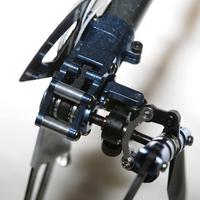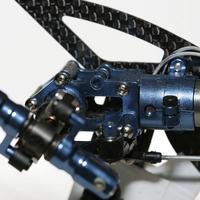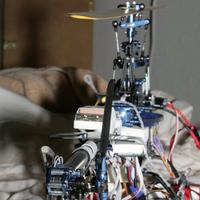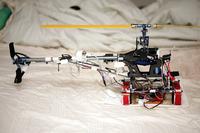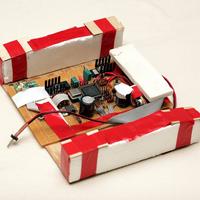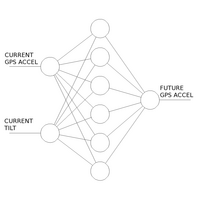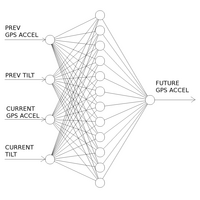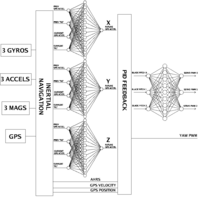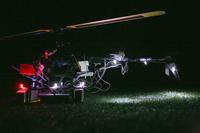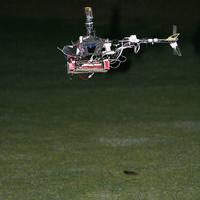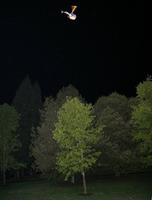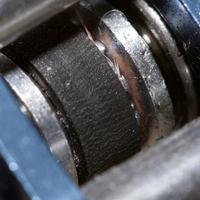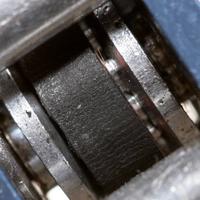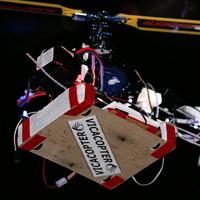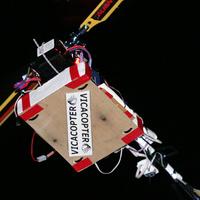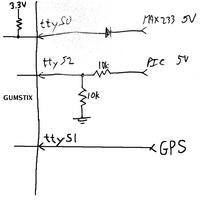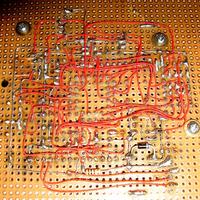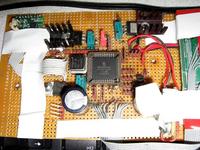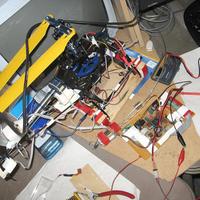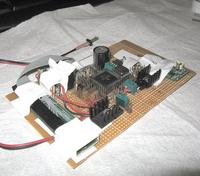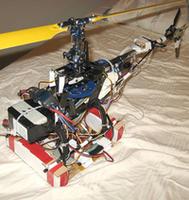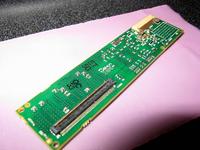Archive for April, 2008
Comments (0)
Add Comment
-
 Views: 352
Views: 352
Roll & pitch servo commands went full negative. -
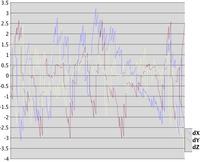 Views: 312
Views: 312
Predicted velocities were normal. -
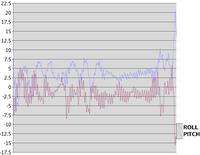 Views: 292
Views: 292
IMU malfunction. -
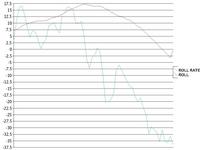 Views: 314
Views: 314
Last 2.3 seconds of raw gyro data correctly show the port roll. -
 Views: 307
Views: 307
Major malfunction in the last 2.3 seconds of accelerometer data. -
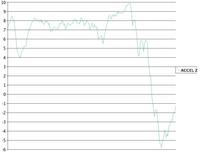 Views: 297
Views: 297
Last 9 seconds of accelerometer data show negative Z from dynamic movement. -
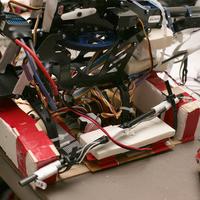 Views: 321
Views: 321
-
 Views: 330
Views: 330
-
 Views: 356
Views: 356
An Align O-Ring popped out. Align parts really do suck, & this threw off blade tracking. -
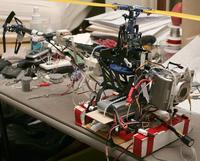 Views: 314
Views: 314
Posterity photo with the XCite locked & loaded for a camera mission. -
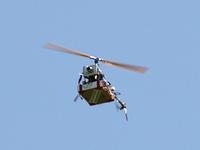 Views: 307
Views: 307
-
 Views: 304
Views: 304
-
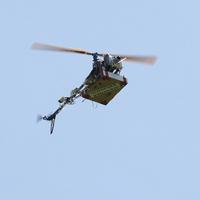 Views: 296
Views: 296
-
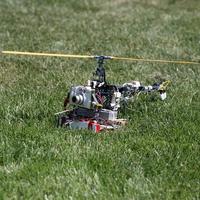 Views: 315
Views: 315
Safely on the soft grass after flight. -
 Views: 294
Views: 294
Full autopilot. -
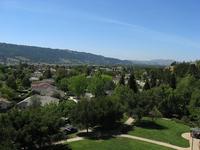 Views: 277
Views: 277
Autopilot position hold + operator directed turn.
-
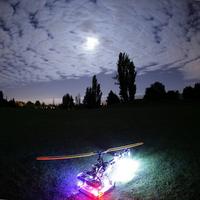 Views: 385
Views: 385
-
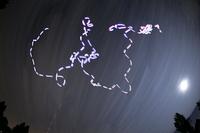 Views: 319
Views: 319
The word viewed from the camera. -
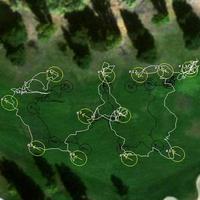 Views: 304
Views: 304
The word viewed from The Goog. -
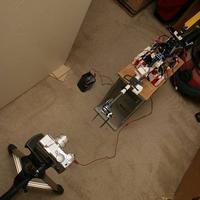 Views: 361
Views: 361
The scene during swashplate training. -
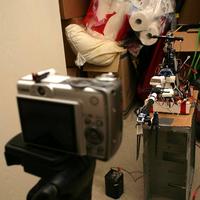 Views: 326
Views: 326
There is evidence blade tracking alters the swashplate mixing. The same thing would happen with algebraic mixing, but the neural network can be precisely retrained, at which time the blades need tracking again. -
 Views: 306
Views: 306
Got some more mane hair. -
 Views: 283
Views: 283
-
 Views: 319
Views: 319
-
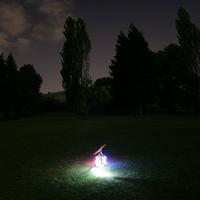 Views: 370
Views: 370
-
 Views: 322
Views: 322
This may look like more of the same, but it's different. Note the sprinker. -
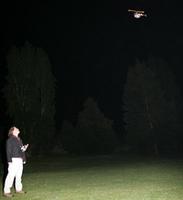 Views: 337
Views: 337
-
 Views: 342
Views: 342
-
 Views: 305
Views: 305
-
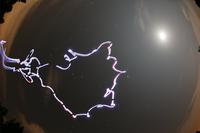 Views: 330
Views: 330
First autonomous sky painting with the 35mm sensor. -
 Views: 339
Views: 339
Used our 1 day off to excercise the 35mm sensor. The frigid weather had the animals coming into the sunlight when they would normally be hiding in the shade. -
 Views: 330
Views: 330
Lion meets mane.
-
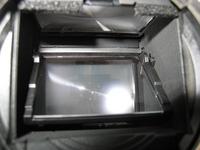 Views: 324
Views: 324
Here it comes. -
 Views: 303
Views: 303
The largest contiguous chunk of silicon ever, in this dumpy apartment. -
 Views: 275
Views: 275
The fish is for making things look bigger. -
 Views: 264
Views: 264
-
 Views: 314
Views: 314
The 28mm keeps the lines straight. -
 Views: 295
Views: 295
The fish strikes again. Full frame at F2.8. -
 Views: 293
Views: 293
The 28mm F1.8 EF is the lens people most praise & simultaneously want to sell as fast as possible. This is the full frame at F1.8. -
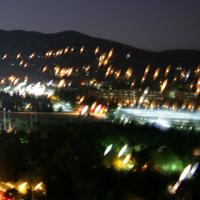 Views: 294
Views: 294
The lower right corner at F1.8.
-
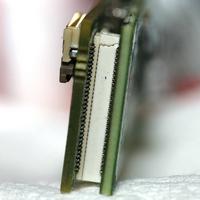 Views: 314
Views: 314
The tiny hirose connector meets expectations. -
 Views: 259
Views: 259
This entire board can be replaced for $40. -
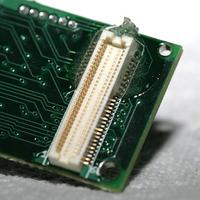 Views: 257
Views: 257
the repair -
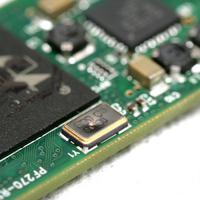 Views: 275
Views: 275
An oscillator is damaged but it still works. This board would be $190 to replace. -
 Views: 252
Views: 252
A minimum level of protection from this type of crash. -
 Views: 267
Views: 267
The remaining unmelted wires on the RCE-BL35X. Need to inspect the main board for more damage. -
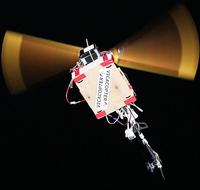 Views: 268
Views: 268
Sharp pictures from the 200mm don't seem possible anymore. The 35mm shutter has only a 1/200 sync. This is much farther than the equivalent shots on the 20D. The smaller pixels magnify everything. -
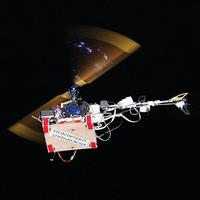 Views: 264
Views: 264
Couldn't get the shutter curtain sync to work either. Blades still appear to spin counterclockwise.
-
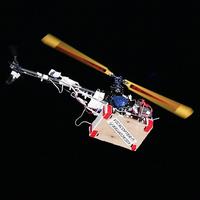 Views: 382
Views: 382
-
 Views: 295
Views: 295
-
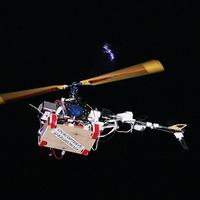 Views: 319
Views: 319
-
 Views: 307
Views: 307
-
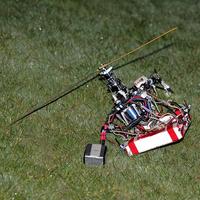 Views: 335
Views: 335
-
 Views: 289
Views: 289
flash power -
 Views: 317
Views: 317
flash power -
 Views: 311
Views: 311
More like a studio camera than a tourist camera. The lack of an integrated flash is the biggest problem. Got many easy fill flash shots with the EOS 20D. Now those shots require planning & effort.
-
 Views: 307
Views: 307
UART heartbreak -
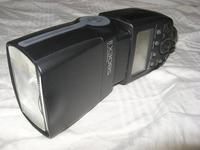 Views: 271
Views: 271
The most expensive flash in the universe arrived. Intended for photographing high altitude aircraft, high altitude aircraft, & aircraft. -
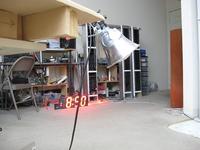 Views: 309
Views: 309
UPS is taking a real long time moving the EOS 5D, but we can use this flash with the A560 in long exposure mode. At full power, bounced off the ceiling, it's the softest light ever. -
 Views: 261
Views: 261
Outdoors at full power. -
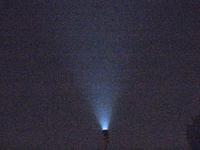 Views: 256
Views: 256
105mm zoom -
 Views: 285
Views: 285
24mm zoom -
 Views: 261
Views: 261
14mm zoom reflects off the diffuser -
 Views: 286
Views: 286
105mm zoom
-
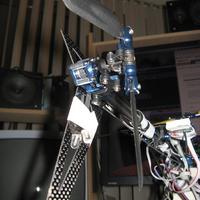 Views: 333
Views: 333
As clean as it's going to get. -
 Views: 286
Views: 286
If U can't take the shine, wear sunglasses. Notice we shifted the rotor 1/32" out to try to get more yaw compensation. -
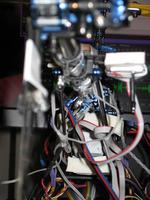 Views: 283
Views: 283
Aren't U glad U didn't need to rebuild this. -
 Views: 265
Views: 265
IMU is realigned, locked, & loaded. -
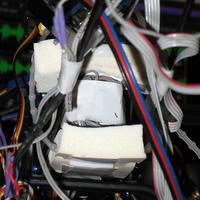 Views: 281
Views: 281
& it's happy to see U. -
 Views: 306
Views: 306
Like Saturday never happened.
-
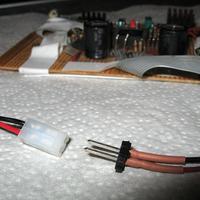 Views: 321
Views: 321
Attached new power connectors which simply can't be mistaken for logic level connectors. -
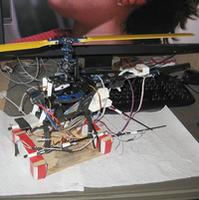 Views: 270
Views: 270
Blades, mane shaft, & tail boom replaced. Still more money left to go. -
 Views: 279
Views: 279
During a complete rebuild of the tail rotor, discovered.... -
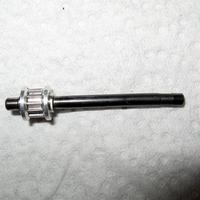 Views: 281
Views: 281
The shaft was bent since the Mar 04 crash & causing the yaw compensation to bind.
-
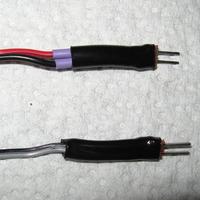 Views: 331
Views: 331
Power & camera shutter have the same connector. Time to change power connector style. -
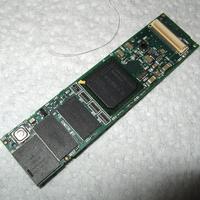 Views: 288
Views: 288
Dead Gumstix. -
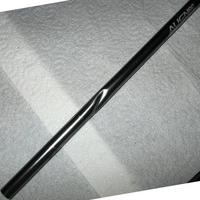 Views: 272
Views: 272
Blade strikes still happen on the T-Rex. -
 Views: 285
Views: 285
A bolt securing the tail boom went on vacation some time ago. -
 Views: 285
Views: 285
Discovered binding in the tail rotor linkages from threadlock, excessive bolt tightening, or dirt. -
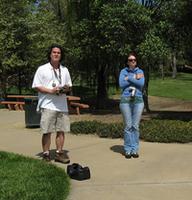 Views: 478
Views: 478
Jack Crossfire & Russian Heroine before tail rotor failure. -
 Views: 327
Views: 327
In the early stages of a tail rotor failure. Last frame before crash.
